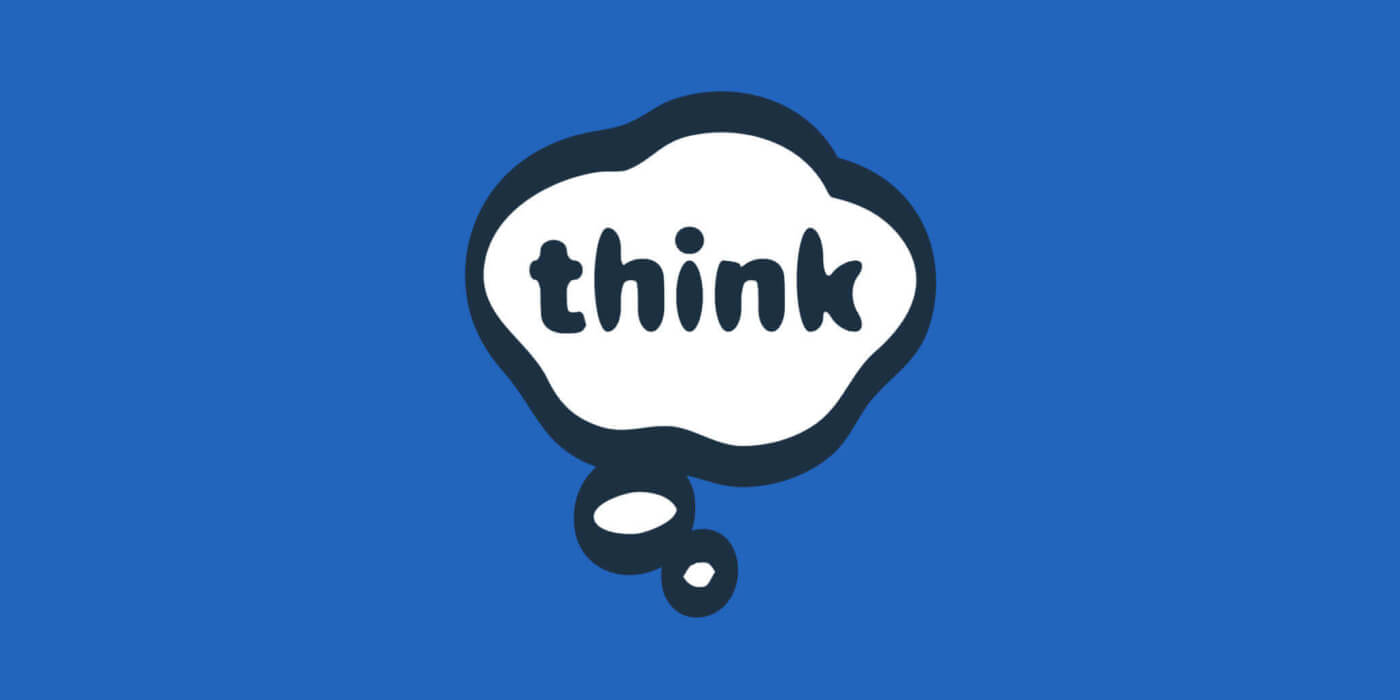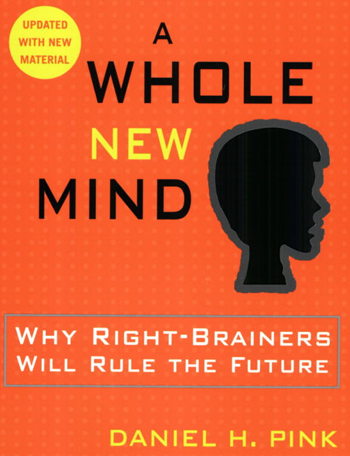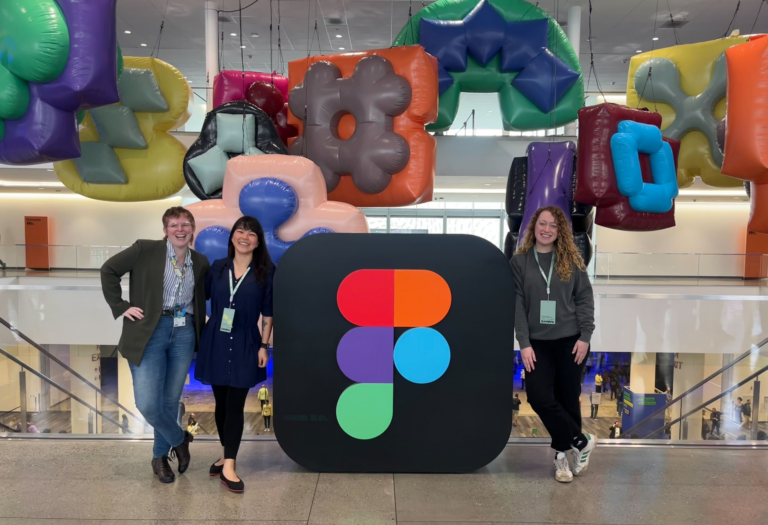Daniel Pink’s “A Whole New Mind” Gets It

Happy 2009, everyone!
In the spirit of kicking off the New Year on a positive note, I’d like to focus on something that I recently found quite inspiring and uplifting: Daniel Pink’s “A Whole New Mind”. This book was recently recommended to me by our friend Todd Marrone, who said, “hey, this book seems to really parallel what you guys all about”—and after finishing it, I take that as a very high compliment indeed. I’m glad others (particularly accomplished right-brainers such as Todd) see these qualities in our work.
Checking out the listing on Amazon will give you the basic gist of the book, so I won’t reiterate here—but this was a fun, quick, and exciting read that got me more pumped than ever to hit the ground running in 2009 and add some of these new tips and techniques to our arsenal for crafting the best user experiences. I’m hereby suggesting that this book be added to our required reading list (along with must-reads like this), and to quote the Fort Worth Star-Telegram: “If its likely that someone in China or India can do your work more cheaply than you can, or if a computer can do your work faster than you can, READ THIS BOOK.”

A few nuggets that I dog-eared because they struck a nerve with me and echoed the way I talk about what we do:
“…because of abundance, businesses are realizing that the only way to differentiate their goods and services in today’s overstocked marketplace is to make their offerings physically beautiful and emotionally compelling.”
“As (overseas outsourcing) takes over the routine work of software fabrication, maintenance, testing, and upgrading, Conceptual Age software types will concentrate on novelty and nuance. After all, before the Indian programmers have something to fabricate, maintain, test, or upgrade, that something must first be imagined or invented. And these creations must then be explained and tailored to customers and entered into the swirl of commerce, all of which require aptitudes that can’t be reduced to a set of rules on a spec sheet – ingenuity, personal rapport, and gut instinct.”
“Design is a classic whole-minded aptitude. It is, to borrow (John) Heskett’s terms, a combination of utility and significance. Design has become an essential aptitude for personal fulfillment and professional success for at least three reasons. First, thanks to rising prosperity and advancing technology, good design is now more accessible than ever, which allows more people to partake in its pleasures and become connoisseurs of what was once specialized knowledge. Second, in an age of material abundance, design has become crucial for most modern businesses – as a means of differentiation and as a way to create new markets. Third, as more people develop a design sensibility, we’ll increasingly be able to deploy design for its ultimate purpose: changing the world.”
Changing the world. I’m in. How about you?
P.S. To have your mind completely blown, follow up this read with Kurt Vonnegut’s “Player Piano” (as I did, completely by chance) – written in 1952 and, amazingly, the embodiment of so many of Pink’s observations in fictional prose.



